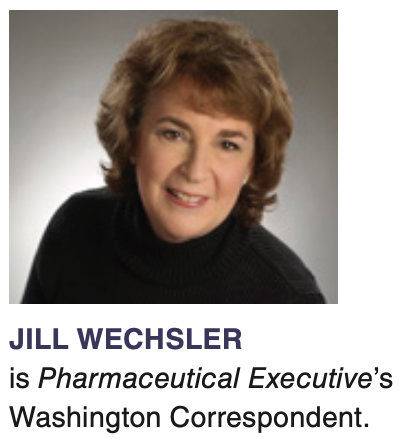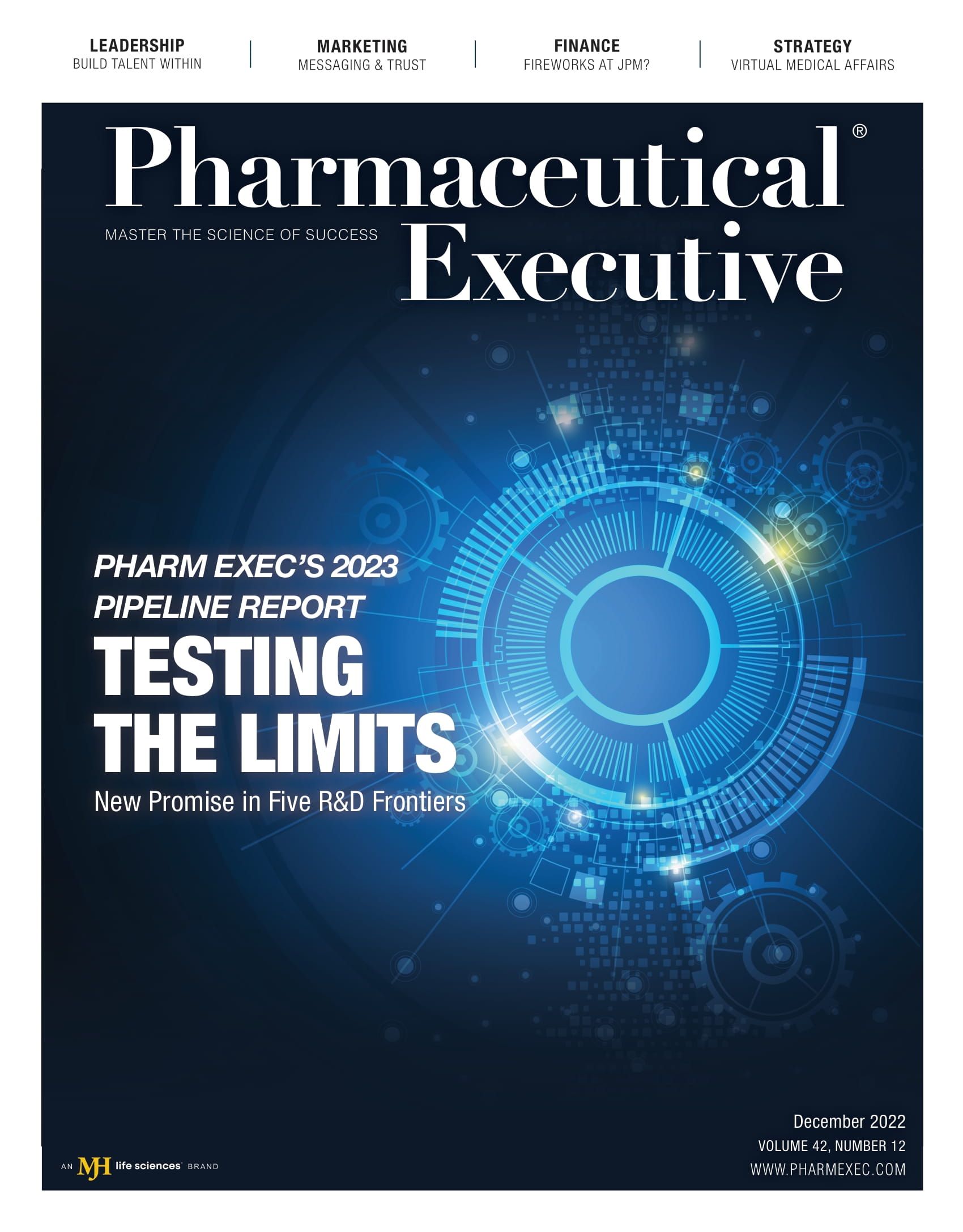Pandemic and Politics Shaped Pharma and FDA in 2022
Year characterized by mix of key advances, contentious stances.

This past year has been marked by continued efforts to develop, regulate, and distribute important therapies and vaccines to treat lethal and rare diseases, including the still dangerous COVID-19 virus. Despite generally high praise for biopharmaceutical companies in advancing these efforts, industry was unable to block the adoption of price controls for prescription drugs, a policy that risks limiting research in some areas. At the same time, the tense political environment leading up to the November mid-term Congressional elections blocked agreement on many important legislative and regulatory initiatives for FDA, delaying until the very last moment reauthorization of critical user fee programs to support the agency. Despite the anxiety generated by that cliff hanger, FDA succeeded in maintaining an efficient oversight and approval program for new and important therapies and issued multiple new guidances, renewed field inspections, and launched a range of initiatives to support public health.
The delay in Congress renewing user fees for drugs, biologics, generic drugs, medical devices, and biosimilars hampered FDA planning and put multiple new programs on hold. Uncertainty over future funding made it difficult to attract much-needed new staffers to the agency. And the need to drop from the fee bill a host of legislative proposals put in limbo important measures to strengthen FDA’s accelerated approval process, update regulation of new in vitro diagnostics, and enhance FDA’s authority to regulate cosmetics.
At the same time, the Biden administration succeeded in pushing through legislation to limit price increases on certain drugs and to authorize negotiations on leading medicines covered by the Medicare program. While advocates predict that the policy will yield billion-dollar savings in the years ahead and plan to press for curbs on high launch prices, biopharma companies claim it will discourage biotech innovation in areas facing uncertain long-term return on investment.
Meanwhile, industry pushed back against expansion of the federal 340B program, which authorizes steep discounts on drugs distributed to certain hospitals and clinics, and also joined efforts to question rebate and coverage practices of pharmacy benefit managers that play a key role in how drugs are covered and made available to patients.
Modernizing R&D and production
A preferable strategy for pharma in curtailing drug prices is to achieve more efficient and less costly clinical trials, a goal that has prompted a range of industry and FDA initiatives to modernize biopharma research operations. The pandemic supported wider use of remote and online systems to enroll study participants and oversee treatment and patient status, with digital technologies becoming more widely used for patient monitoring. These approaches also appeared effective in advancing diversity among study participants, where remote site visits may facilitate enrollment of individuals facing difficulties traveling to clinical sites.
The ongoing surge in R&D for cellular and gene therapies prompted a reorganization and expansion of FDA offices overseeing these products and efforts to clarify and update regulatory policies in this area. The importance of FDA providing individualized advice for these therapies highlights the critical need for the agency to attract experts to its staff able to oversee and encourage new methods and innovations.
Continued shortages in both new and long-used drugs and medical products fueled FDA efforts to encourage industry adoption of advanced manufacturing systems and support for regulatory programs designed to ensure production of high-quality treatments on a continual basis. Similarly, the expansion in innovative biotech therapies and vaccines highlighted the importance of modern production methods able to quickly ramp up production of new treatments.
Managing crises
This past year was a difficult one for FDA Commissioner Robert Califf, who faced critical questioning and a long delay in gaining Senate confirmation to head the agency again after a brief time as commissioner in 2016. Califf came back to FDA with long experience in advancing the development and oversight of new therapies to further combat global pandemics and lethal diseases. However, the commissioner had to spend much time and energy on a host of health crises, including a serious shortage in infant formula, rising death rates from opioid overdoses, pressure to curb marketing of vaping products and e-cigarettes, as well as combatting misinformation about coronavirus medical treatments and vaccines.
Jill Wechsler is Pharmaceutical Executive’s correspondent in Washington and can be reached at jwechsler7@gmail.com.

Pfizer, GSK Gain ACIP Recommendations for RSV and Meningococcal Vaccines
April 18th 2025The Centers for Disease Control and Prevention’s Advisory Committee on Immunization Practices voted to expand access to Pfizer’s respiratory syncytial virus vaccine Abrysvo for high-risk adults in their 50s and voted in favor of GSK’s meningococcal vaccine, Penmenvy, for streamlined adolescent protection.
Navigating Distrust: Pharma in the Age of Social Media
February 18th 2025Ian Baer, Founder and CEO of Sooth, discusses how the growing distrust in social media will impact industry marketing strategies and the relationships between pharmaceutical companies and the patients they aim to serve. He also explains dark social, how to combat misinformation, closing the trust gap, and more.